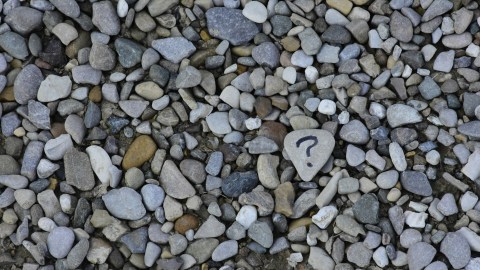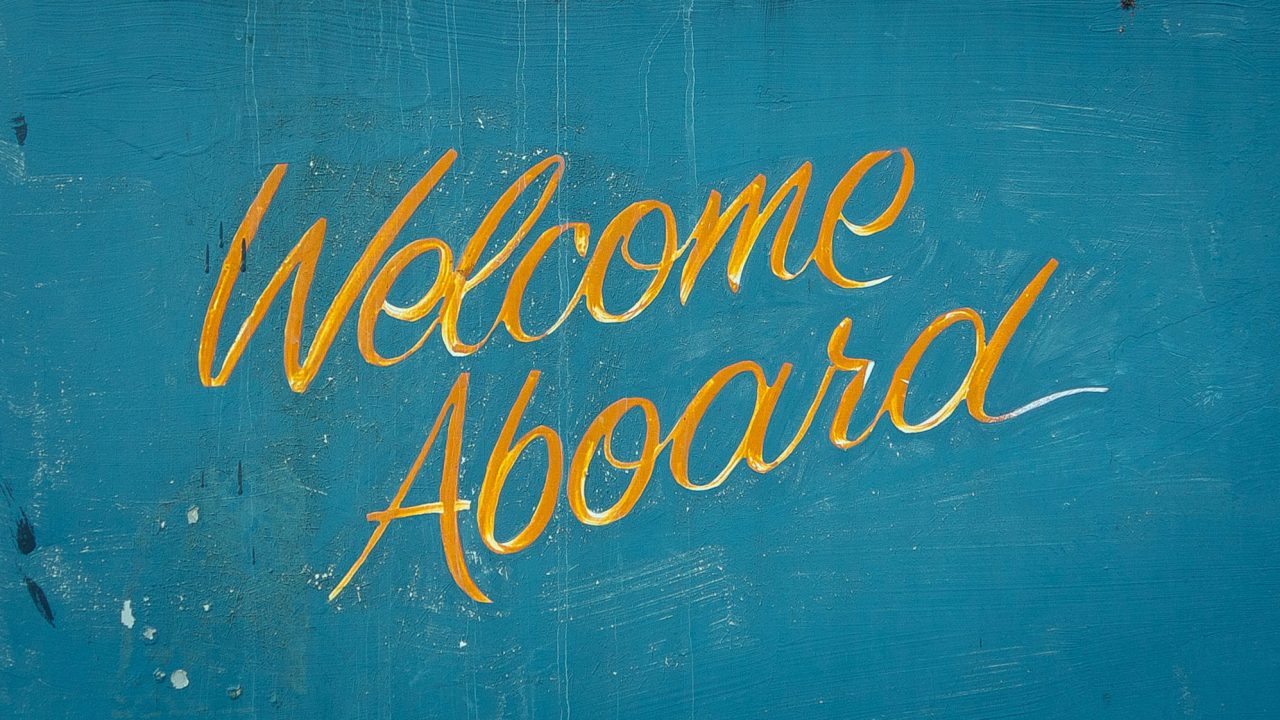
And so begins perhaps the world’s worst headline for launching a website. But let’s get real, the last thing this world needs is just another website. Recent data shows that the Internet is made up of some 1.8 billion websites and Google tells us that users perform some 40,000 searches every second. Into those conditions, what does it mean to add one more website to the pile?
not Just Another Website
So many of those websites assume that we are merely passive consumers who gobble up whatever content is in front of us. Today – when information seems to proliferate without end and when discriminating quality and trustworthiness is becoming increasingly more difficult, “just a website” can’t hope to represent the complexity that is part-and-parcel of what it means to understand the world today.
It strikes me that these are the same challenges that you as museum professionals are faced with every day. It seems right, therefore, that a digital platform built for this community should endeavor to wrestle with the same complexities that you do.
Some years ago, Nick Poole, CEO of the Collections Trust in the UK at the time, wrote about this struggle. In it, he imagines a possibility where museums might leverage these factors and reinvent approaches that embrace this complexity head on,
“…there is a need for us [museums] to focus on what it would mean to provide a platform for contemporary audiences to reflect on the full chaos and complexity of our lived experience. Not just as a project or an exhibition, but for that to become what the word ‘museum’ means in the collective psyche.” (Poole, 2014)
Listening, reading, listening again
Over the past year, our team at AAM has given a lot of thought about how we can be most helpful to the museum field as we reinvent what AAM’s “website” is from the ground up. During that process, we’ve talked to many of you. In face-to-face conversations, online via surveys, and through our Professional Networks – we tried to get a sense of what kind of digital-thing would be valuable to you.
In addition to listening, we’ve been reading like mad and we’ve noticed the compelling essays, thought pieces, and social media discussions many of you have been contributing to. Museum people are pretty amazing! Thoughtful, well-written, willing to share, interested in change, pursuers of learning. You are the change-makers, trend-setters, and thought leaders that the field needs to learn from.
Recognizing this is a key part of why I’m convinced that the world – and specifically the museum field – doesn’t need “just another website”.
What are the needs we can best meet?
Let’s take a step back for a minute and talk about the needs we uncovered in doing our initial research for this project. How might our efforts align with the needs and challenges that you are facing? What could this platform provide that would be uniquely interesting and helpful in the midst of all the other museum-related content that’s out there?
Here’s a bit of what we learned.
Museum people are wrestling with complex issues and need deeper analysis and thought leadership
Museums are continually wrestling with uncertain and emerging issues that are shaping our role and relevance in the world. Discussion and writing about those issues is constantly being produced by great thinkers both inside and outside the field, but it is increasingly difficult to discover and keep up with. In addition to practical training and professional development, are there ways that AAM might support those discussions better?
This field is big and has many facets that are often disconnected
We love to talk about museums of all shapes and sizes – from A-Z, Art Museums to Zoos and Aquaria. The truth is that the size and faceted-nature of the field can often result in the formation of disconnected sub-communities of practice – many of which are dealing with similar challenges. This is both a strength and a challenge of our field.
In studying this a bit more, it’s clear to me that we are never as connected to the “network” as we think we are. Our ability to discover new thinking outside of our immediate connections is often limited and biased. We see this filter-bubble effect in our personal lives as well, but in museums, we often miss out on the application of thinking and practices from across the sector to our own work. How could AAM do a better job of connecting those dots?
It’s hard out there…
- It’s hard to keep up – Museum people are busy and it’s difficult to stay plugged into the stream of discussion that’s out there, let alone knowing what among that stream is most important. How might this platform help users find and filter just the right content at the right time?
- It’s hard to get started – Many of you are starting a new career in museums and coming up to speed. Perhaps you’re switching professions or have taken on new areas of responsibility. How can you connect with your peers and learn about the important work that others have tried before you?
- It’s hard to break through – As we’re taking steps forward in our work towards diversity, equity, accessibility, and inclusion, it’s clear that museums have a long way to go to embrace the talents and value that inclusive communities can bring to our organizations. Many of you have shared with us about the difficulties you are facing to confront the existing power structures within museums that suppress inclusion. How might we use this digital platform to combat exclusionary practices in museums and move us all towards inclusive change?
- It’s hard to find your place – Perhaps because the field is so multi-faceted, or in-part due to full schedules, non-existent travel budgets, etc… we’ve heard from you that it’s often hard to find how you fit into the larger museum community. How might we better help you digitally connect to others in a more meaningful way?
A Platform for Change
When semantics fall short… Metaphor to the rescue.
So now we run into a problem of semantics. If I’ve convinced you that just another website is the last thing the museum field needs – then what? Internally at AAM, and among colleagues, our thinking has turned towards building the kind of platform that Nick Poole talks about, on which we can experiment and address many of the needs described above. As we dig a bit more into what this vision really means, I hope you’ll forgive me a judicious use of metaphor to explain.
Our vision for such a platform is multifaceted and ambitious. We are working to create a space that becomes a stage for field-wide debate, a lens for discovering new things, an amplifier for voices not often heard, a toolbox to equip your work, and a laboratory to try ideas, methods, and approaches that can help museums change.
A Stage for Debate
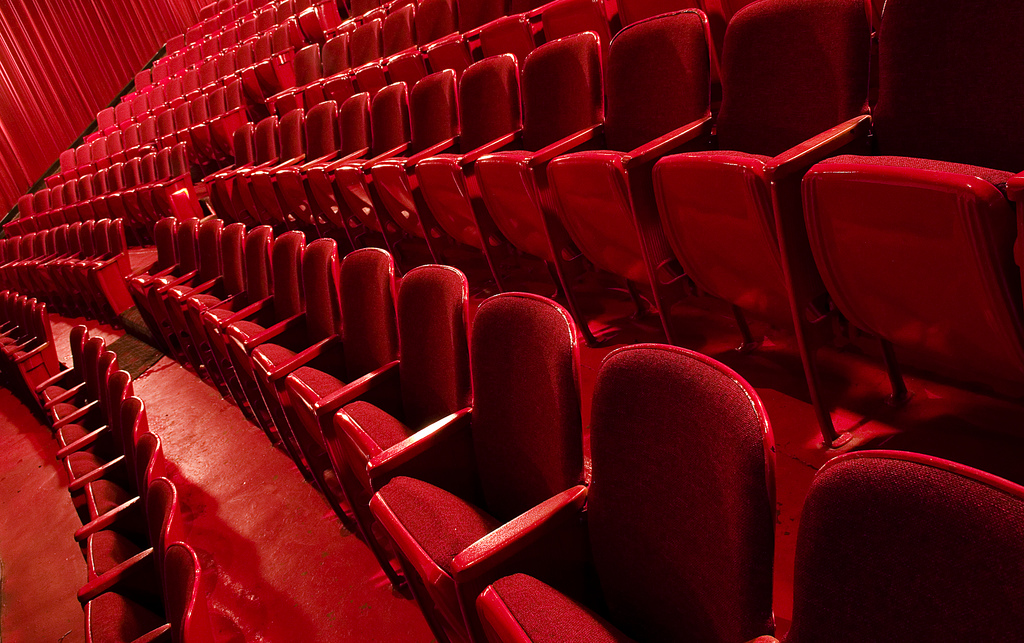
We think this kind of digital platform should be able to surface ongoing debates and points of view that may challenge us to think differently. This site should offer perspectives on tough subjects that some may disagree with, but we believe that this kind of robust debate is what will result in the thoughtful discussions that lead to change.
Recently, we’ve been hosting a series of articles that deal with one such discussion concerning pay equity and labor in museums. If you’d like to join the discussion, check out these articles and follow along:
- Leaving the Museum Field, by Sarah Erdman, Claudia Ocello, Dawn Estabrooks Salerno, and Marieke Van Damme
- Labor of Love: Revaluing Museum Work, by Emma Boast and Maddie Mott
- 7 Factors that Drive Museum Wages Down, by Michael Holland
A Lens
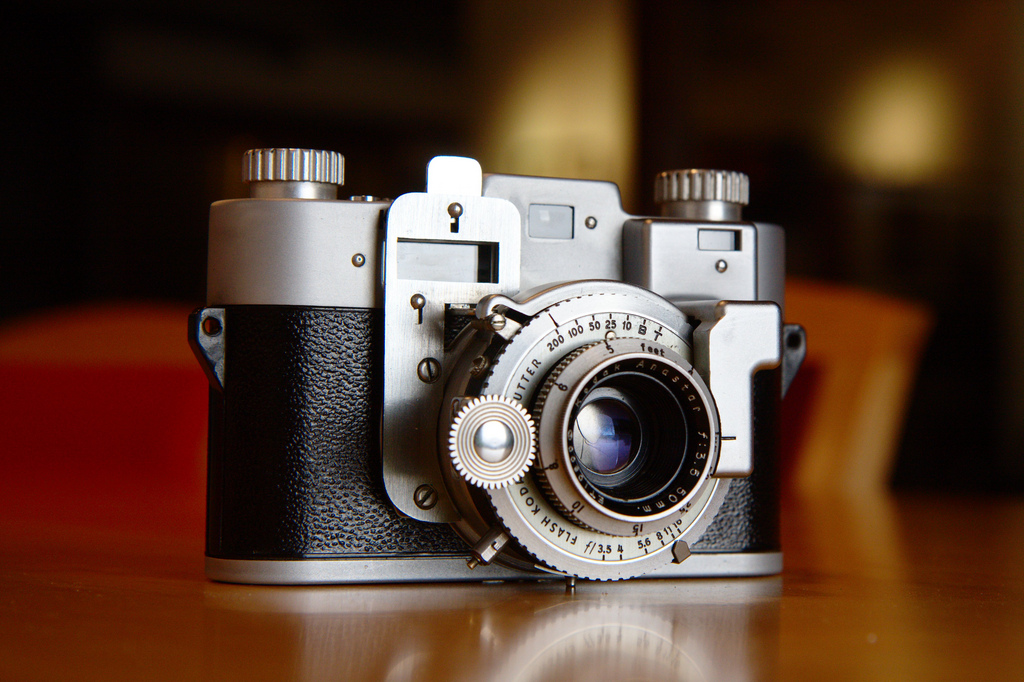
Lenses give us new ways of seeing our world, gazing forward to where we’re heading, and helping us to find the things we’re looking for. To that end – we’re collecting important readings and resources published by dozens of sources that can inform your thinking and give you new ideas.
Check out a few of the articles organized under the topics menu above. Here you’ll find original articles from AAM and authors across the field in addition to articles we’ve seen you share on social media. As we collect more and more articles like this, we’ll grow and organize a collection of thinking and writing that can be a resource for you to find that article you remember but can’t seem to find… Or to catch up on things you might have missed.
Here are a few you might enjoy:
- The Subtlety of Shepherding an Audience Toward Collection Visitation, by Shelley Bernstein at the Barnes Foundation
- Museums have a Duty to be Political, by Jillian Steinhauer at The Art Newspaper
- A Museum Offers the Chance to Wander Its Galleries All Alone, by Elena Goukassian writing for Hyperallergic
An Amplifier
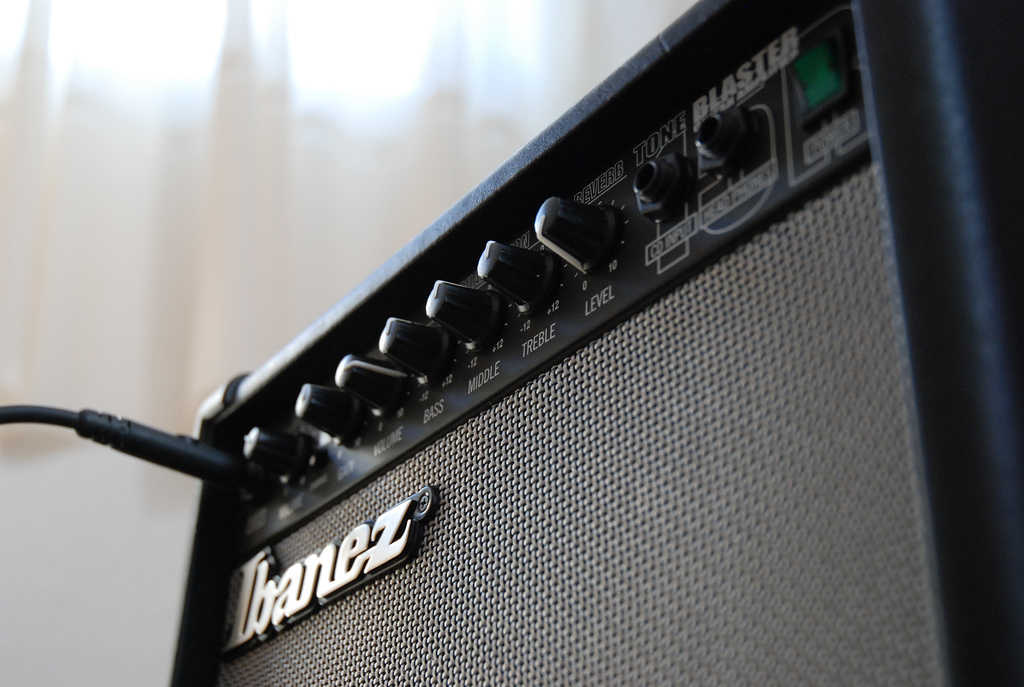
We recognize that the scale of the museum field can often mean that many voices have a hard time being heard. In the same way, even well-known, expert voices need boosting and focus from time to time. One way that AAM can use its size and reach, is to be an amplifier for these voices helping them reach audiences they might have otherwise missed.
In launching the site, we currently feature more than 100 authors from across the field and around the world. We’re excited to devote our efforts towards sharing those voices with you more and more as we grow. Be sure to check out the awesome and inspiring writing by colleagues like:
- Seema Rao from Brilliant Idea Studios, who offers practical ideas for self-care in her article, Time and Space Self-Care Plan
- Ayanna Reed’s great thoughts about Seven Tips for Starting an Equitable and Inclusive Internship Program with really practical steps for you to try.
- Anna Forgerson Hindley, Cynthia Raso, and Tiffany McGettigan who wrote a popular article entitled, Why Museums Should Care About Young Children
- Kayleigh Bryant-Greenwell who shares Reflections on a Seat at the Table at NMAAHC
- Andrew Simnick who wrote about how the Art Institute of Chicago uses data to inform its work in, The Power of Applied Data for Museums
Some of the voices that you may have been missing out on come from our dynamic leadership in one of AAM’s many Professional Networks. Thousands of you already belong to one or more of those networks – and joining (as many as you like) is free to AAM members. In this new platform, we’ve spent a lot of time building a space where the content and programming of those networks can really shine. Stay tuned as we roll out great content from our Professional Networks in the coming months.
In the meantime – explore some of those Professional Networks and see whether there are one or more where you might plug in and connect!
A Toolbox
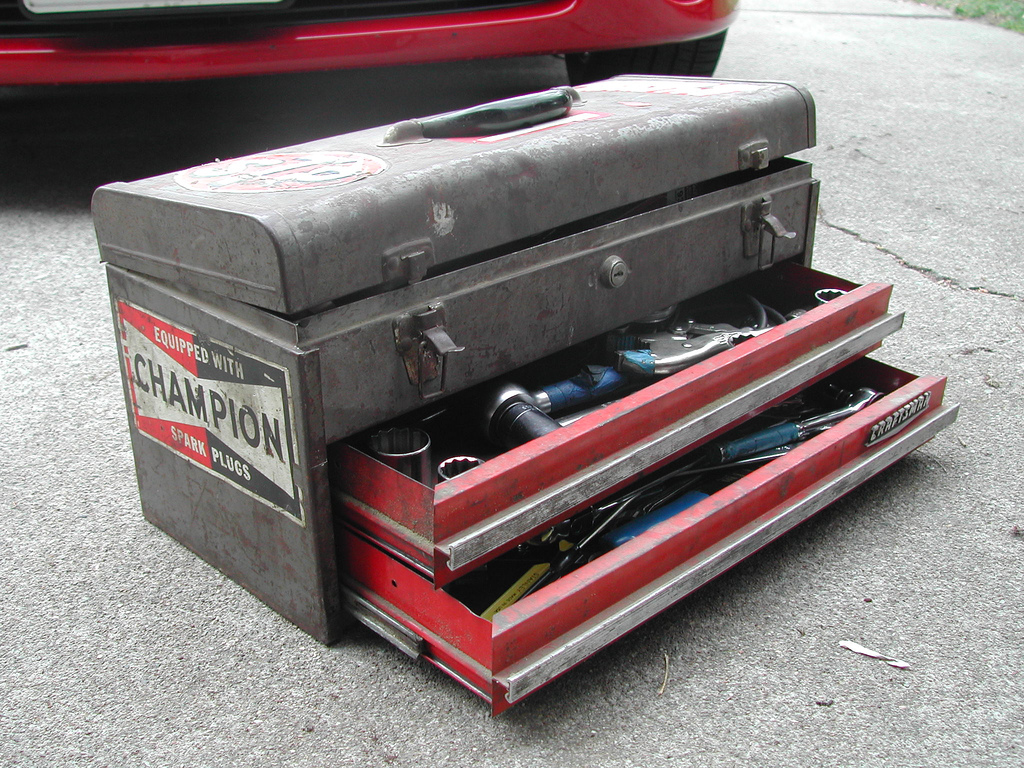
The new website hopes to be a place that equips your work in museums and gives you the tools that you need to do your job better and more efficiently. We’ve produced tons of reports, toolkits, discussion guides, and sample documents over the years to help with this, but it’s always been a little bit hard to find them! Throughout our work on this project, we’ve spent a lot of time trying to improve the ways you can find the information you’re looking for. (Try the search!) You can also look forward to an expansion of these resources over time as we devote ourselves towards creating better tools for AAM members.
Here are some highlights and places to start finding those tools you need!
- Be sure to take a peek at AAM’s newly released Economic Impact Study for US Museums and don’t miss the infographic cheat sheets that will make your case for supporting museums easy and compelling.
- Museum 2040 is a special issue of Museum Magazine and provides a long-distance peek into a possible future as envisioned by many of your most creative colleagues. This is a great tool to spark discussion among your own institutions as you plan for the long-term future.
- Jobs and career resources are some of the most-popular content on our site. Don’t miss JobHQ, articles about managing your career, or the ever-important salary survey to get the most comprehensive look at building a career in museums.
- As always, the Resource Library and Information Center provide AAM members with access to scads of resources, reference materials, and sample documents.
A Laboratory
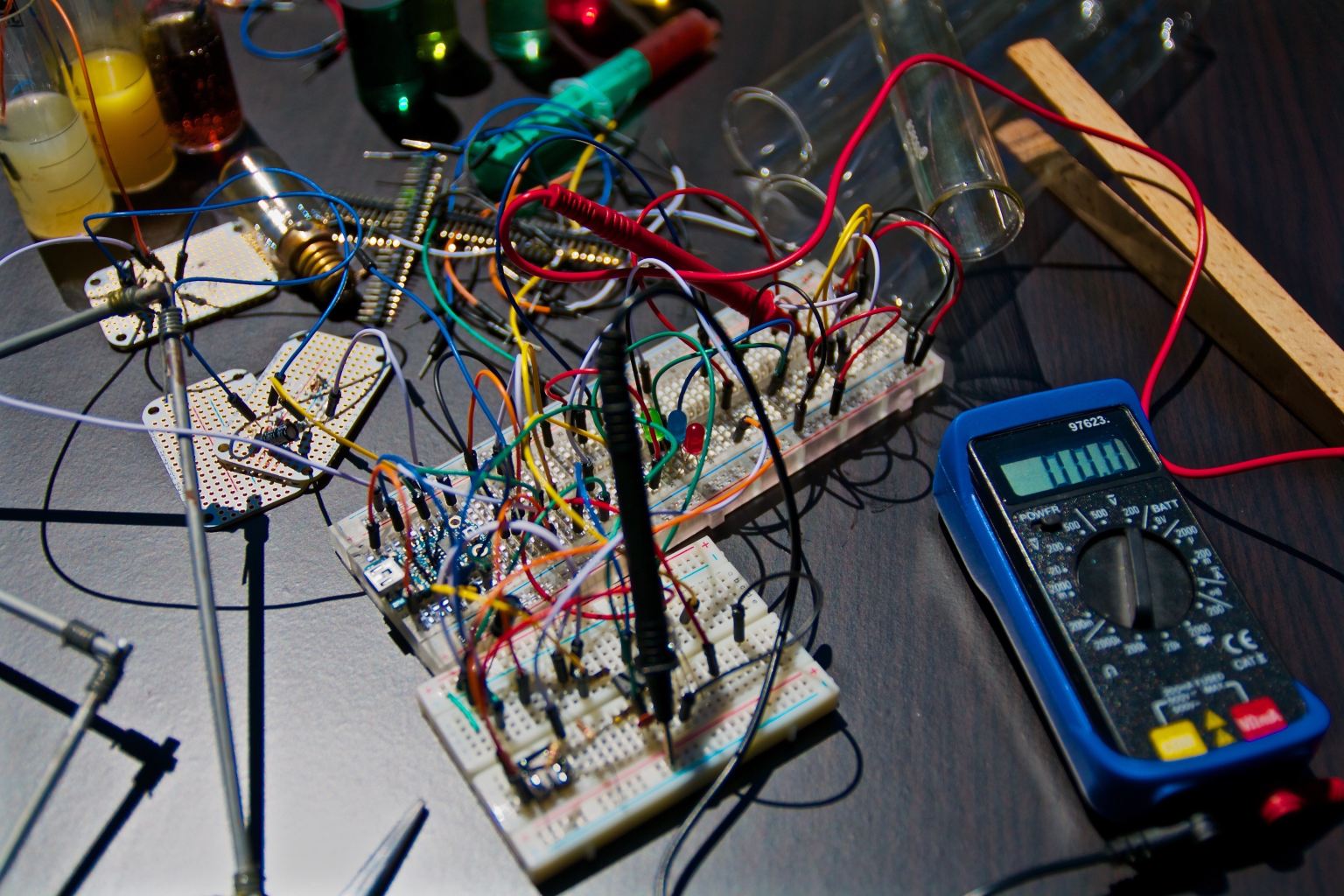
When we launched Alliance Labs almost two years ago, we envisioned the Lab as a concept more than a place. Since that time, we’ve shared with you some of our experiments, some failures, and some really deep and amazing content. In many ways, Alliance Labs was the prototype for this website and we used it to try many of the ideas we’re talking about today.
In many ways, Alliance Labs was the prototype for this website and we used it to try many of the ideas we’re talking about today.
In that same spirit – we’re still a work in progress today and forever. There are many areas of this site that we have plans to improve significantly and we’d like to change things together with you. Will you share with us your stories of change, experimentation, and the failures you’ve encountered along the way? We’ve used the tagline, “We’re Stronger Together” for many years now and it’s at the heart of what it means to be an Alliance. Our hopes for this site are that we can pull off an elegant balance between being overly-polished and uncomfortably-messy. How might we publish on the ragged-edge of ready? And how can we best engage you in discussions on topics that aren’t already tied up with a nicely manicured bow?
How can you be involved?
Write for us – Got an idea or perspective you think we ought to highlight? Use the Contribute Stories link from the main menu and tell us about it. We’d love to hear from you!
Send us links that matter to you – We’re beginning to grow a library of important readings and resources that need to be saved and organized. If you run across a link that you think is particularly important, just mention us on social media (@AAMers on Twitter, or on AAM’s Facebook Page) and we’ll add it to our list.
Join a Professional Network – Our PN’s are amazing. They’re full of people who are willing to volunteer their time and expertise to the field. As we move forward, we’re going to highlight and leverage that expertise more and more. Join a PN that interests you and let them know you’d be interested in helping to develop digital content.
Support this work by joining our community – Our goal is to continue to provide powerful access to news, resources, and thought leadership from across the field – but this all costs money and takes the time and expertise of dozens of AAMers. If you find our work valuable and want to help us keep it up and expand it, would you consider joining as a member, or donating to AAM at any level?
Some Parting Thoughts and Thank Yous
Any of you who have been through this kind of redesign process knows that it touches and requires the expertise of dozens of talented people. The same is true for our project and I would be remiss if I didn’t acknowledge and thank just a few of them.
Liz Neely was an intrepid leader of our content team during most of this work. Her efforts were so important to helping us shape this vision and get the project off the ground. Sina Bahram has been an indispensable partner and advisor to us as we endeavored to make this site as accessible as possible. We believe that doing so will improve the final experience for ALL users. We’ve still got a way to go, but we’re committed to a fully accessible site for the field. Thanks also to Betsy Rosso who worked to improve the written copy for many areas of our site.
Thank you to many of our AAM Staff and especially our content team, Cecelia Walls, Megan Lantz, Alli Roe, Josh Morin, and Sage Morgan-Hubbard who all played an important role in actually moving this project forward through lots of bumps in the road. Thanks to Joe Klem, Ember Farber, Allison Titman, and Josette Souza who were a key part of our initial work to select partners, narrow in on a fresh new design, and to clean up a really messy information architecture.
Thank you to each of our Professional Networks and to the individuals from those networks who gave us critical feedback, participated in focus group interviews, and who gave us online feedback via surveys, etc… We hope that we’ve created something useful to further enhance the great work you’re already doing.
Thanks to the team from Alley Interactive who did the hard work of actually realizing many of the features and concepts we’ve talked about from the beginning. Specific thanks to Austin Smith, Susan Finklepearl, and Tim Schwartz who all carried the project through some important transitions.
Finally, thank you to the AAM Board and Leadership both past and present whose vision captured the essence of these plans in a strategic plan some 2.5 years ago. Specifically, thank you to Nik Honeysett for being a persistent champion for digital revolutions here at AAM and wherever he seems to plant his feet.
We’re looking forward to hearing from many of you about what you’re excited about and how we could better help you get there. Please don’t hesitate to be in touch with your ideas, inspirations, constructive feedback, and thoughts for the future!
Please join in the fun! This idea fails in a spectacular digital fireball without you







